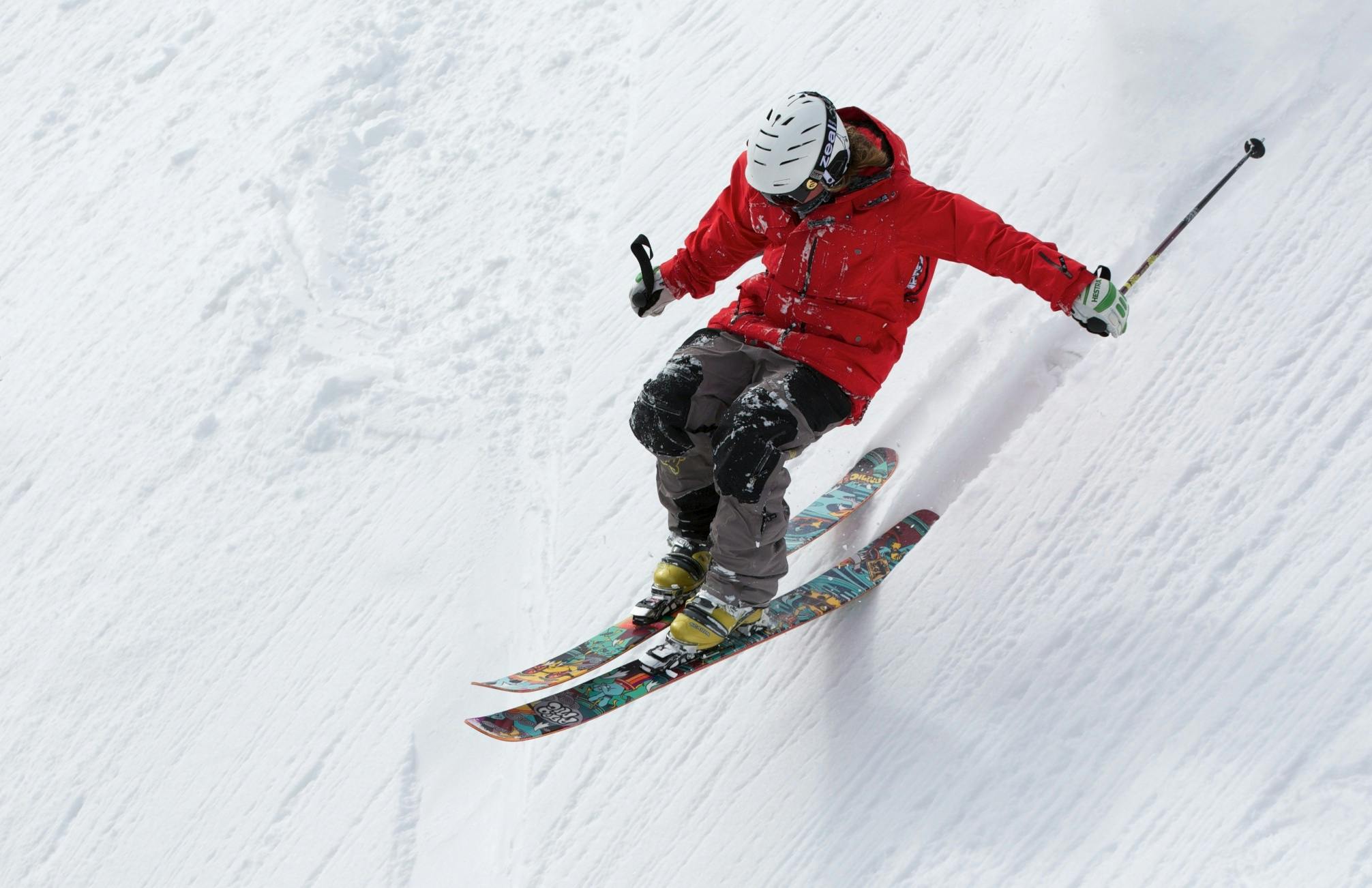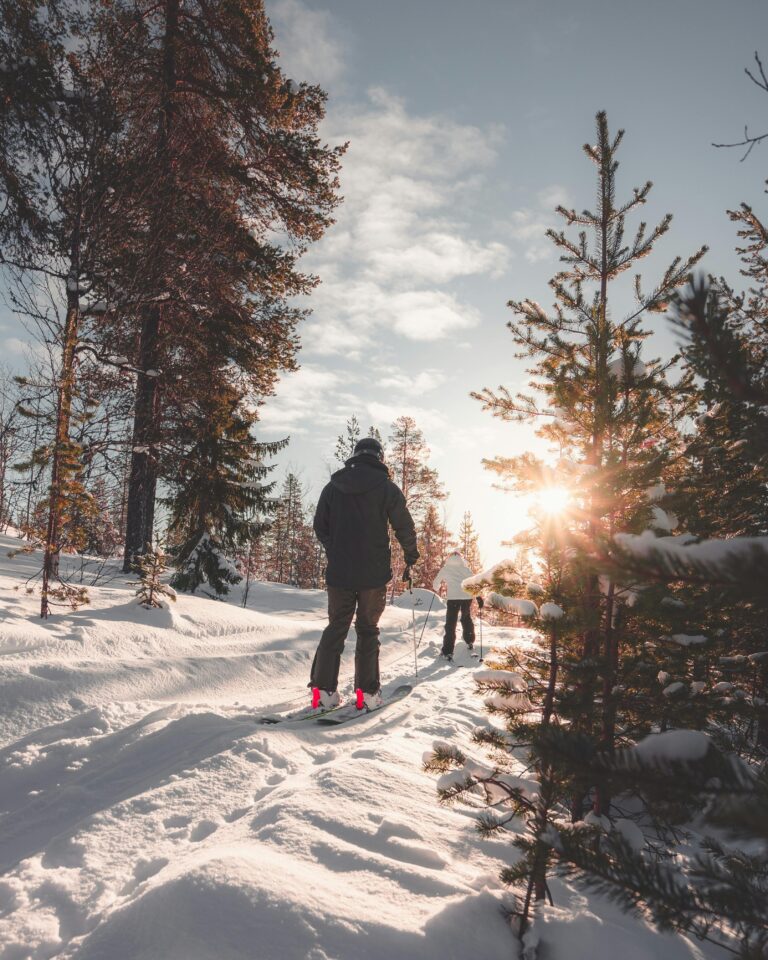You know that feeling when you’re stuck in a slow lift line, wishing the slope was quieter? I’ve been there, and I get it. Most skiers struggle to choose between the heart-pounding crowds and high costs of peak season or the peaceful, budget-friendly off-peak times. In this guide, I’m going to break down exactly what sets off-peak and peak ski seasons apart so you can save money and avoid the chaos. From pricing to booking tips, I’ll help you plan a trip that feels just right.
What Are Off-Peak and Peak Ski Seasons?
Off-peak ski seasons refer to times when there is lower demand for skiing, often resulting in reduced prices for lift tickets, rentals, and accommodations. In contrast, peak ski seasons coincide with high demand, typically during holidays and school vacations. Recognizing these terms is crucial for budgeting effectively while planning your trip.

If you ski, knowing these seasons is game-changing. Think of peak season as the rush hour of the slopes—holiday weeks like Christmas and New Year’s bring crowds and prices soaring. Off-peak is like the calm after the storm, usually mid-January or late March, when the slopes are quieter and your wallet breathes easier. If less stress and better deals sound good, target those off-peak windows.
For a deeper dive into what your total ski trip might cost, including gear and lessons, check out my how much does it cost to ski & ski on a budget guide. It’ll give you a clearer picture of where off-peak and peak fits into all this.
What Are the Price Differences Between Off-Peak and Peak Seasons?
Prices for ski passes, lodging, and rentals during peak season can be significantly higher—often 30-50% more—than during off-peak times due to increased demand. Major holidays and special events can further intensify this price surge, making the timing of your trip pivotal for savings.
Here’s the deal: resorts know peak season means they can charge more—and they do. Expect lift tickets to hit $150 or more in peak times but dropping below $100 off-peak. Hotels? A jump from $200 to $300+ per night is common, while off-peak can come in around $150 or less. Renting gear? It might cost $50 in off-peak but creep up to $80 when crowds pack the slopes.
If you’re renting gear instead of owning, I’ve broken down rental costs in my ski gear rental prices guide to help avoid surprises.
Picture a family of four: by skiing off-peak, they could save hundreds—enough to upgrade meals or add extra lessons. That’s why when you’re eyeing your budget, timing really is king.
When Should You Book a Ski Trip to Save Money?
The ideal booking window for off-peak seasons typically ranges from late summer to early fall, allowing skiers to secure the best rates. Furthermore, retailers may offer special discounts and promotional packages during these periods, making advanced planning even more rewarding.
Want to squeeze out savings? Book early—seriously. Late summer to early fall is prime time. I’ve snagged killer deals this way myself.
Be flexible too. Shifting your trip dates by a few days can drop costs quite a bit. Look for bundled packages, too—combining lift tickets with lodging often scores better prices than paying separately.
For instance, booking your ski pass and lodging together during off-peak can knock off up to 20% from your total bill. Keep an eye on where the deals are by checking regional trends or my resort cost comparison guide. It’s like having a mini cheat sheet for your trip planning.
What Factors Cause Price Fluctuations in Ski Season?
Various factors influence ski prices, including holiday rushes, school vacations, local events, and weather conditions. Each of these elements can significantly affect the accessibility and affordability of ski resorts.
Influencing Factors
- Holidays & School Vacations: Families flood resorts, pushing prices sky-high.
- Local Events: Competitions and festivals pack the place, hiking costs.
- Weather Patterns: A snowy season can extend peak periods; a dry one can lower demand and prices.
One trick I’ve learned? Avoid skiing right after big holidays. Resorts usually drop prices because fewer people hit the slopes then.
How Do Amenities Differ Between Off-Peak and Peak Seasons?
The available services and experiences can differ significantly between off-peak and peak periods, affecting overall skier satisfaction. Off-peak may provide more personalized services with reduced crowd levels.
Key Differences
- Crowd Levels: Off-peak means shorter lift lines and more slope space—hello, less waiting!
- Ski Instructors: More availability off-peak means better, more personalized lessons.
- Event Offerings: Peak seasons pack in events; off-peak tends toward the basics.
Lessons are only a piece of the puzzle. Wondering how many lessons you might want or what they cost? Check my full ski lesson cost guide.
One seasoned skier told me, “Having the mountain nearly to myself made all the difference—it felt like a private playground.” That off-peak peace? Worth it.
Can You Enjoy a Better Ski Experience During Off-Peak?
Skiing during off-peak often leads to a superior experience, characterized by fewer crowds, more personalized instruction, and an overall relaxed environment that enhances enjoyment and skill acquisition.
Off-peak skiing comes with perks you don’t always get in the rush:
- Better Learning Conditions: More instructors and less competition for their time.
- Shorter Lines: More time skiing, less time waiting—always a win.
- Easy Scheduling: With fewer people around, plans flow smoother and stress melts away.
Mark, a frequent skier, once said, “Off-peak trips mean I avoid the chaos. I get more slope time and better lessons—it’s a total game-changer.”
What Are Popular Ski Destinations During Off-Peak Season?
Several budget-friendly ski resorts shine during off-peak seasons, making them ideal for mindful skiers. Destinations like Mount Hood, Stevens Pass, and others often offer promotions that cater to off-peak travelers.
Recommended Resorts
- Mount Hood, Oregon: Great slopes with solid discounts especially mid-January.
- Stevens Pass, Washington: Weekday deals make this a wallet-friendly choice.
- Vail, Colorado: Early December and late March offer off-season steals.
Planning a Colorado trip? I broke down the costs in my ski trip cost to Colorado breakdown. It’ll help you figure out where your money will go.
Also, keep an eye on community forums and sites like Snow Pak for fresh promos at these spots!
What Are the Mistakes to Avoid When Planning Ski Trips?
When planning ski trips, common pitfalls include booking too late or too early, neglecting cancellation policies, and failing to consider specific local trends. These oversights can cost you significantly.
Top Mistakes to Avoid
- Last-Minute Bookings: Prices skyrocket when you wait too long.
- Ignoring Policies: Missing cancellation details can wipe out your refund if plans change.
- Skipping Research: Overlooking local events or school breaks can lead to paying full peak prices by accident.
Getting these right makes your ski trip smoother and saves you headaches—and money.
Key Price Trends and Tips for Savvy Skiing
- Book off-peak to save up to half your costs.
- Bundle lift tickets and lodging for better deals.
- Stay alert for local events that might jack up prices unexpectedly.
Knowing when and where to ski can turn your trip into a smart play, not a pricey gamble. For a complete look at managing your ski budget, dive into my ski cost and budgeting guide. It’s packed with tips to help you spend wisely and enjoy more.
Suggested Videos
Curious about ski techniques? Check out these videos to help you master the slopes:
And if you’re looking for tips on skiing safely and smartly:
Ski safer, ski smarter! Have a blast out there!





